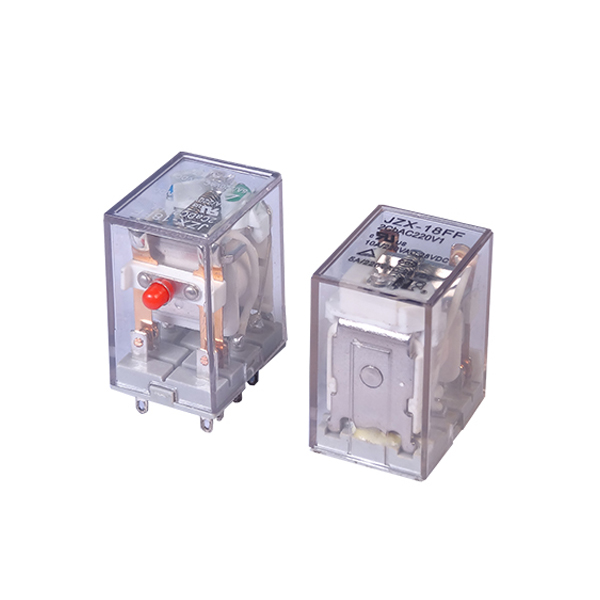Key Considerations for Selecting General Purpose Relays for Heavy Power Switching
2024-04-09
Introduction:
Choosing the right General Purpose Relay for Heavy Power Switching is crucial for ensuring optimal performance and reliability in electrical systems. With a wide range of options available, selecting the most suitable relay for a specific application requires careful consideration of several factors. In this blog, we'll explore the essential considerations that engineers and technicians should keep in mind when selecting General Purpose Relays for Heavy Power Switching for their applications.
1. Current and Voltage Ratings:
One of the primary factors to consider when selecting a relay is its current and voltage ratings. Ensure that the relay's ratings align with the requirements of the electrical load it will be switching. Exceeding the rated current or voltage can lead to premature failure or safety hazards.
2. Contact Configuration:
General Purpose Relays for Heavy Power Switching come in various contact configurations, including normally open (NO), normally closed (NC), and changeover (CO). Choose the appropriate contact configuration based on the specific switching requirements of the application.
3. Load Type:
Consider the type of load that the relay will be switching, whether it's resistive, inductive, or capacitive. Different loads can affect the relay's performance and longevity, so select a relay that is compatible with the characteristics of the load.
4. Switching Frequency:
Evaluate the expected switching frequency of the relay in the application. Some relays are designed for intermittent operation, while others can handle frequent switching cycles. Choose a relay that can withstand the anticipated switching frequency without experiencing premature wear or failure.
5. Environmental Conditions:
Assess the environmental conditions in which the relay will operate. Factors such as temperature, humidity, vibration, and exposure to dust or moisture can impact the relay's performance. Select a relay with appropriate environmental ratings to ensure reliable operation in the intended environment.
6. Mounting and Enclosure:
Consider the mounting and enclosure requirements of the application. Choose a relay that can be easily mounted and integrated into the system while providing adequate protection against mechanical damage and environmental hazards.
7. Coil Voltage:
Ensure that the coil voltage of the relay matches the voltage available in the control circuit. Using an incompatible coil voltage can result in improper relay operation or failure to energize.
8. Safety and Compliance:
Check for industry certifications and compliance with safety standards relevant to the application. Select relays from reputable manufacturers that adhere to stringent quality and safety standards to ensure reliability and compliance with regulatory requirements.
9. Reliability and Durability:
Evaluate the reliability and durability of the relay based on factors such as contact materials, construction quality, and operating life expectancy. Choose a relay that offers robust construction and long-term reliability to minimize maintenance and downtime.
Conclusion:
Selecting the right General Purpose Relay for Heavy Power Switching requires careful consideration of various factors, including current and voltage ratings, contact configuration, load type, switching frequency, environmental conditions, mounting and enclosure, coil voltage, safety and compliance, and reliability. By taking these factors into account, engineers and technicians can ensure the optimal performance, longevity, and safety of relay-based electrical systems in diverse applications.


